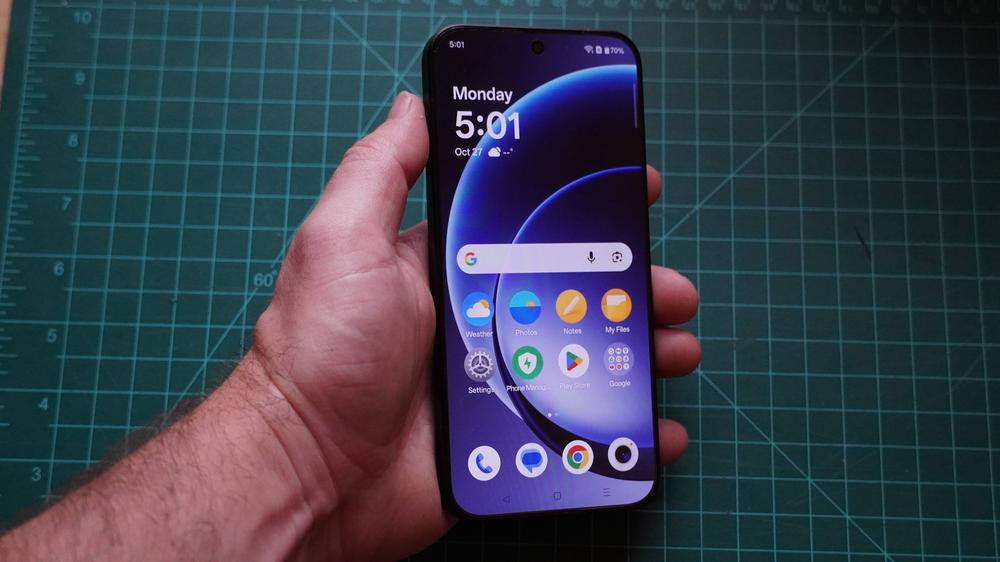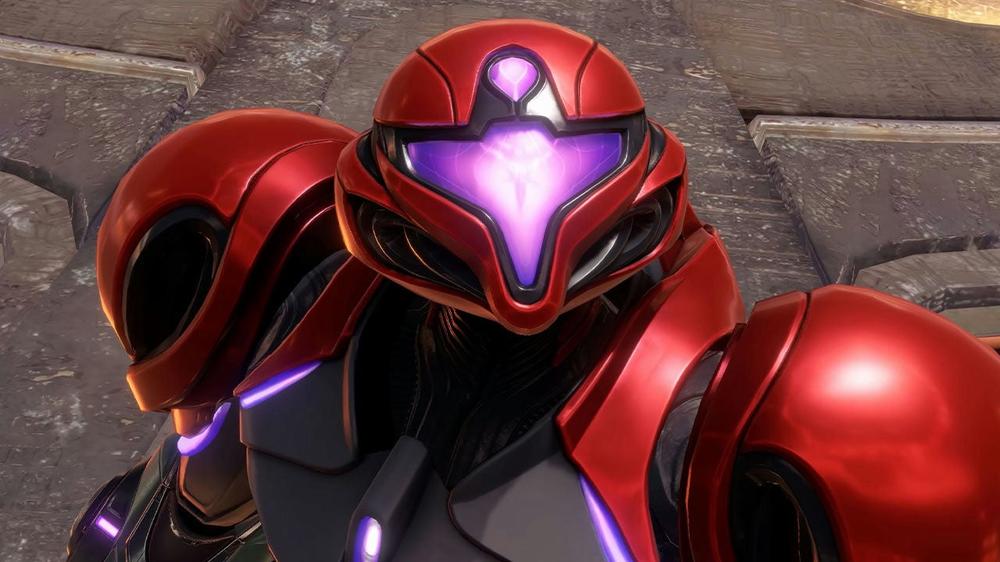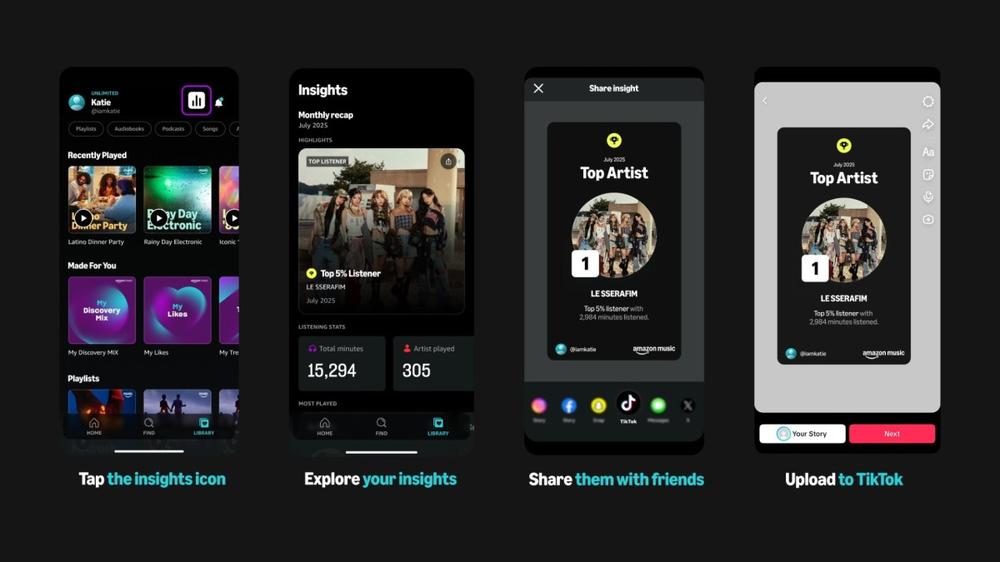OnePlus is back for another round in the fight for dominance of the Android smartphone space with the OnePlus 15. The OnePlus 13 before it was a shimmering success, offering extreme performance – even among gaming phones – a stunning and study design, extensive battery life, and excellent cameras. With the OnePlus 15, the brand has changed up the design for something more distinct from its predecessors, but it has also dropped some bigger aspects, like its Hasselblad camera partnership and its three-way Alert Slider. The internals may be on the right path, but how well the other changes shift from the great heights OnePlus previously held is the big question.
OnePlus 15 – Design and Features
The OnePlus 15 redesign makes the device a little less bold and original (not that earlier designs could really be called original, as they borrowed heavily from the Oppo phones they’re based on). At the heart of the redesign is a new camera bump, squared now instead of circular, which comes by way of the OnePlus 13T that never saw release in the US. This bump just has a bit too much in common with every iPhone from the last five years, excepting the iPhone 17, with a little sprinkling of the Pixel line’s flat edges. It’s a little plain, especially next to the shimmery design on the prior model.
Another big shift is the removal of the Alert Slider, which to my recollection has been on OnePlus’s flagship phones forever. In its stead is a single small button much like Apple’s Action button. Here it’s called the Plus Key. You can customize it to do a handful of different things (including adjust alert settings like the Alert Slider) with single, double, and long-presses, though there’s no option to make up actions you want it to perform on your own. By default, it will work with a special AI-powered “Mind Space,” with the ability to take a screen grab and scan it for info with a tap, to record an audio note while holding the button, and to access the Mind Space with a double tap.
The phone itself is only modestly shifted away from the earlier model. The OnePlus 15 is flatter, with flat aluminum sides and a flat glass back – a shimmery black-sand-like look to it on the Infinite Black model, which still manages to look bland compared to the woodgrain of the black OnePlus 13. Though the OnePlus 15 is actually a touch smaller than its predecessor, it ends up feeling slightly larger in the hand due to the flat edges where the OnePlus 13’s edges curved.
The OnePlus 15 still feels nice in the hand, especially with the smooth texture of its back glass. It also feels sturdy, and OnePlus has gone well beyond just a robust feel. The OnePlus 15 offers IP66, IP68, IP69, and IP69K protection, keeping dust out and standing up to close-range, high-pressure, and high-temperature water jets and submersion in up to 2 meters of freshwater for 30 minutes. The OnePlus 13 was already pretty ridiculous in this area, and the OnePlus just nudges those protection levels even further.
The phone’s display is excellent, but it makes some trades from its predecessor. The OnePlus 13 offered a 6.82-inch, 1440x3168, 120Hz display. The OnePlus 15 bumps up to a 165Hz display but drops negligibly to 6.78-inches and lowers the resolution to 1272x2772 (a resolution OnePlus oddly keeps on calling “1.5K” despite the use of K in the resolution naming convention tending to reference horizontal resolution and neither of the dimensions having a 5 in it. In any case, it would seem more appropriate to call it a 2.5K display given it’s a higher resolution than DCI 2K at 2048x1080.) Thankfully, in spite of the resolution downgrade, the display remains very sharp and smooth, even if the speed bump is also hard to notice in day-to-day use.
The screen is a bright and colorful OLED that looks predictably wonderful whether gaming, watching movies, or just scrolling the web. It is also paired with solid speakers that pump out impressive volume. The speakers easily passed my test, letting me clearly hear a podcast while showering, and did so without noticeable distortion.
OnePlus has made its thinnest bezels yet at 1.15mm, though it’s hard to appreciate them with most flagship phones also getting their bezels so thin they go almost unnoticed. OnePlus has fitted the display with a pre-applied screen protector, but it’s perhaps the worst in recent memory, clinging to finger oils and scratching easily. Removing it reveals the Gorilla Glass Victus 2 front, which should handle scratching a lot better (though I’d still recommend a screen protector).
The OnePlus 15 offers an under-display fingerprint scanner that works reliably quickly, though not noticeably faster than the OnePlus 13’s.
While the phone supports 80W wired and 50W wireless charging (and includes that 80W charger in the box), it doesn’t add Qi2 support for magnetic attachments. First-party cases from OnePlus do support magnetic attachments, though.
The OnePlus 15 has a dual-SIM tray, but it can also support eSIM, providing some nice flexibility for network connections. I got good reception in Chicago on T-Mobile’s network and saw some astounding speeds, with one speed test showing a download speed of 853Mbps and a decent 80Mbps upload speed.
The phone also continues to support IR remote control functionality, letting you set it up to serve as something of a universal remote. This time around, the IR blaster is hidden on the back of the phone instead of the top edge.
OnePlus 15 – Software
The OnePlus 15 comes running Android 16 right out of the box, an impressive bit of pace-keeping for a non-Google phone launched so soon after the launch of Android 16. OnePlus is promising four years of software updates and six years of security patches, but after clarification on the OnePlus 13’s update policy, that first year of updates is likely counting the out-of-the-box Android 16, so expect updates through Android 19, but likely not Android 20.
The phone uses the OxygenOS 16 skin of Android, which remains a very flexible option. There’s plenty of customization available to get things like the home screen, app drawer, notification and quick settings shades, navigation, and much more looking and feeling just how you want.
One big addition OnePlus has made on the software front is Mind Space. This seems to work much like Google’s AI screenshots app, letting you create a repository of screenshots and voice recordings that it can use AI to search through and glean information from. With a screenshot of my calendar, I was able to query it about upcoming details, like which airline I had a flight on, and it successfully used the flight number to tell me the details of the flight. However, I also caught it guessing with limited context, as one calendar entry was cropped and it tried to fill in the blanks. The full entry said “Flight to Chicago,” but the cropped version showed just “Flight to Ch.” The AI interpreted this to mean “Flight to Charlotte” and started producing some confused responses to questions as a result. To its credit, it did note the inconsistency in my itinerary, but didn’t use that inconsistency to deduce that I was not, in fact, going to Charlotte.
Despite more and more AI hardware coming to devices in the form of specialized cores and NPUs, Mind Space still processes data remotely. This means it won’t work offline or when you have spotty service, and there is a slight delay to responses, though not a long one. OnePlus says that all data involving cloud processing is encrypted and that even OnePlus cannot access the information. But you should still be mindful of what you’re doing with private or sensitive data. The reliance on remote processing also means this may not be a permanent feature or even a permanently free one.
OnePlus 15 – Gaming and Performance
The OnePlus 15 is one of the first devices on the scene with Qualcomm’s new Snapdragon 8 Elite Gen 5 SoC on deck, and that gives a nice boost on what was already phenomenal performance from the prior generation. In day-to-day use, the phone hasn’t once felt anything other than perfectly fluid. It also has abundant memory for multi-tasking, letting me switch back to apps I hadn’t used for a couple of days almost as seamlessly as if I were switching back to the previously used app.
The OnePlus 15’s full potential is really only unleashed when hammered with a heavy task, like gaming. Even then, it keeps up steady performance. It maintained a steady 110-120fps in Call of Duty Mobile with the graphics maxed. Even after some lengthy gaming, the phone was comfortable to hold, albeit warm. That said, I kind of expected more, as Call of Duty Mobile was listed as one of the games supporting native 165fps. I found it was able to reach a stable 165fps with the graphics dropped to their lowest and second-to-lowest (medium) settings, but the game already looks a bit low-res at even max settings compared to the PC version of the game.
Firing up Wuthering Waves, the phone is happy to run that game at a stable 60fps with everything maxed out, but this also fails to run faster than that, even after OnePlus’s OP Gaming Core badge pops up when the game launches and proudly announced “165 OP FPS MAX,” which would lead me to think maybe it will somehow get past the game’s 60fps limit, perhaps with interpolation at the very least. This also deviates from the “Industry-First Always-On 120fps gameplay" claim OnePlus made of the new phone, which appears to only apply to the game Mobile Legends: Bang Bang. Claims like that are no fun when they come with unclear caveats. Considering the phone doesn’t build up much heat while gaming, it seems that most games simply aren’t taking full advantage of the hardware just yet
Unsurprisingly, the OnePlus 15 benchmarked very well. In GeekBench 6, the phone achieved a single-core score of 3683 points – this highest score we’ve seen from a phone yet, including the iPhone 17 Pro Max. Its multi-core score also proves exceptional at 10,100 to again beat the iPhone. The only device to exceed it is the RedMagic 11 Pro, a phone that runs on the same chip but applies two forms of active cooling: air and liquid.
In 3DMark’s graphical benchmarks, the OnePlus 15 continued to show excellent performance with a nice average uptick over the OnePlus 13 of 9.3% and what would be the best performance results we’ve seen, again save for the RedMagic 11 Pro, which is proving to be something of a showstopper where performance is concerned. Both phones still show a huge lead over the iPhone 17 Pro Max, with the OnePlus 15’s 7,111-point score in Wildlife Extreme creating a huge gap between it and the iPhone 17 Pro Max’s 4,795 points. The OnePlus 15 also boasts a wide performance lead over the Pixel 10 Pro, with 58% better performance in both Geekbench single-core and multi-core tests and a 116% edge in Wildlife Extreme and 182% in Steel Nomad Light. Even the Samsung Galaxy S25 Ultra lags behind by an average of 26.8% in our 3DMark tests.
When the OnePlus 15 is really grinding in these benchmarks, it suffers from thermal throttling. This is a common occurrence for phones, so the more important question is how badly does that throttling come into play. A phone with active cooling like the RedMagic 11 Pro may be able to sustain peak performance largely over a long period, but most devices I’ve tested will lose about 30% of their performance over the course of a 20-run stress test with 3DMark’s Steel Nomad. The OnePlus 15 saw its performance sink by a third, with speeds quickly dropping after the SoC exceeds 30 degrees Celsius. It’s not a bad result, as most phones see similar results, but it does undercut OnePlus’s hype for its “360 Cryo-Velocity Cooling System” some.
Beyond the gobs of performance the phone has to offer, it also has heaps of battery life from its 7300mAh battery. I am generally a light phone user, and can often stretch most phones through one full day with some charge to spare into the second day. For phones with large batteries, I can often even get through that second day without plugging in. With the OnePlus 15 in operation as my primary phone, I made it through four full days without touching a plug. This included plenty of texting, browsing, a ton of podcast listening (both through Bluetooth earbuds and the phone’s own speaker), and even 20 minutes of gaming. The phone was at 2% charge when I finally plugged it in at 2am at the end of the fourth day. And when I have to juice the phone back up, its 80W charger makes the job super quick.
OnePlus 15 – Cameras
When I heard the updates OnePlus had in store for its camera system, I was a bit worried. The company’s Hasselblad partnership bore fruit with some excellent photography, especially on the OnePlus 12 and OnePlus 13, which offered not only crisply detailed shots but lovely color. The OnePlus 15 not only drops that partnership but also swaps out all the cameras on the rear for models with smaller sensors and tighter apertures, a double whammy for light-gathering potential. Here’s a rundown of what the phone includes:
- 50MP wide, f/1.8, 1.0-micron, 1/1.56”, OIS, EIS, Sony IMX906 sensor
- 50MP ultrawide, f/2.0, 1/2.88”, 115-degree FOV, OV50D sensor
- 50MP telephoto, 3.5x optical zoom, f/2.8, 0.64-micron, 1/2.76, OIS, S5KJN5 sensor
- 32MP Selfie w/AF, f/2.4, Sony IMX709 sensor
To my surprise, the camera system ended up proving solid. While there’s the occasional, obvious difference between a shot taken on the OnePlus 13 and the OnePlus 15 (like the color of the sky), side-by-side shots tend to look nearly identical. The OnePlus 15 can capture excellent detail and color, and it proves consistent across the three sensors.
The triple sensor setup offers a good range of shooting options, going from very wide to a nicely punched in 3.5x. That extra bit of zoom over the OnePlus 13’s 3x telephoto also makes a surprising difference in clarity for distant subjects, especially when stepping up to a 7x zoom level. That said, it still falls short of the 5x telephoto camera on the Pixel 10 Pro.
While it’s great to see the clarity and color hold up on the OnePlus 15 after the strong showing from its predecessor, the change in sensors and apertures does impact low-light performance. It opts for higher-ISOs (more grain) and longer exposures (more risk of blur), and this can make for lower-quality photos in dim settings. It’s a minor setback, but a setback all the same.
All told, the OnePlus 15’s camera system is a great one, but it’s more of a side-grade than an upgrade over the OnePlus 13’s. I wouldn’t consider it a reason to upgrade from the OnePlus 13 or 12 even.

 Metroid Prime 4: Beyond – The Final Preview
Metroid Prime 4: Beyond – The Final Preview